Lemon Juice and Olive Oil: The Scratch Remover You Already Own
Chosen theme: Lemon Juice and Olive Oil: Scratch Remover. Welcome to a comforting corner of practical magic where pantry staples revive tired wood, soften scuffs, and bring back a quiet, lived-in glow. We’ll share simple steps, careful caveats, and real stories—then invite you to join the conversation, subscribe for more clever fixes, and show us your before-and-after triumphs.
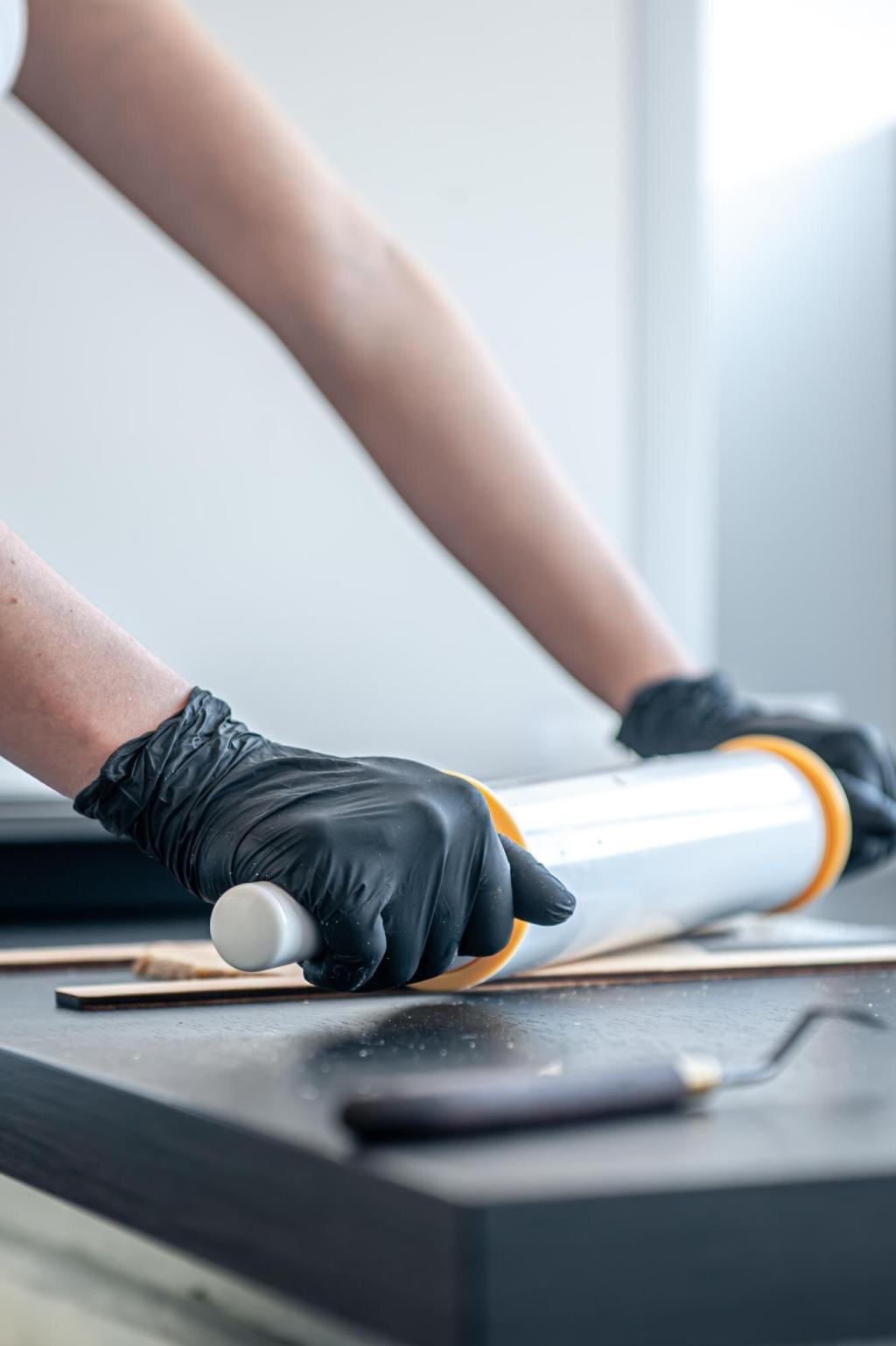
Citric Acid Meets Conditioning Oils
Lemon juice contains gentle citric acid that lifts grime and oxidation from finished wood, while olive oil seeps into micro-scratches and evens out reflected light. Together they reduce contrast along scratch edges, so the blemish blends into the surrounding sheen. Always patch-test first to confirm compatibility.
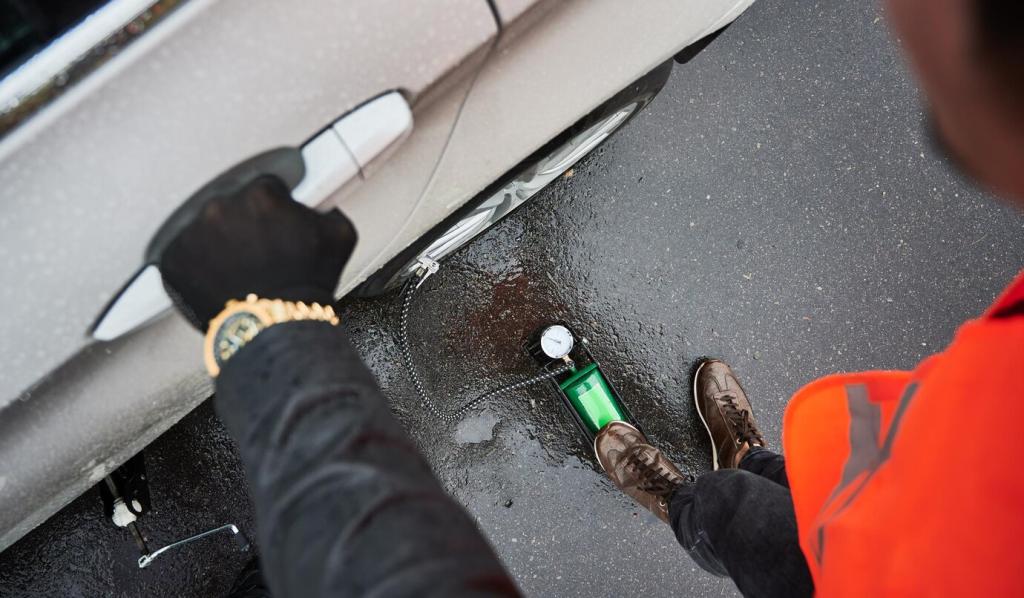
Light, Grain, and the Art of Distraction
Scratches look worst where light catches broken finish at sharp angles. Olive oil subtly matches the surface sheen, while lemon clears dull film, helping grain take center stage again. The eye follows pattern and gloss, not flaws, so the scratch seems smaller without heavy refinishing or sanding.
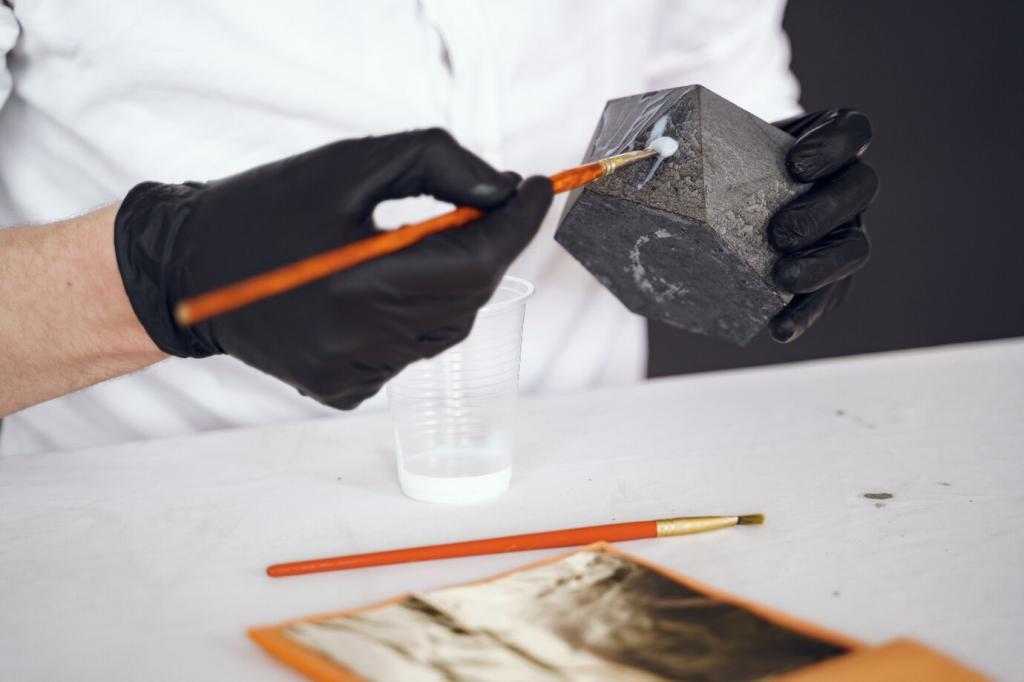
Limits of the Trick
This method disguises surface scuffs on finished wood but cannot rebuild missing finish or fill deep gouges. Avoid raw, unfinished wood, cracked lacquer, or porous stone—acids can etch and oil can stain. Always test in a hidden spot and proceed gently if you are uncertain about the finish.
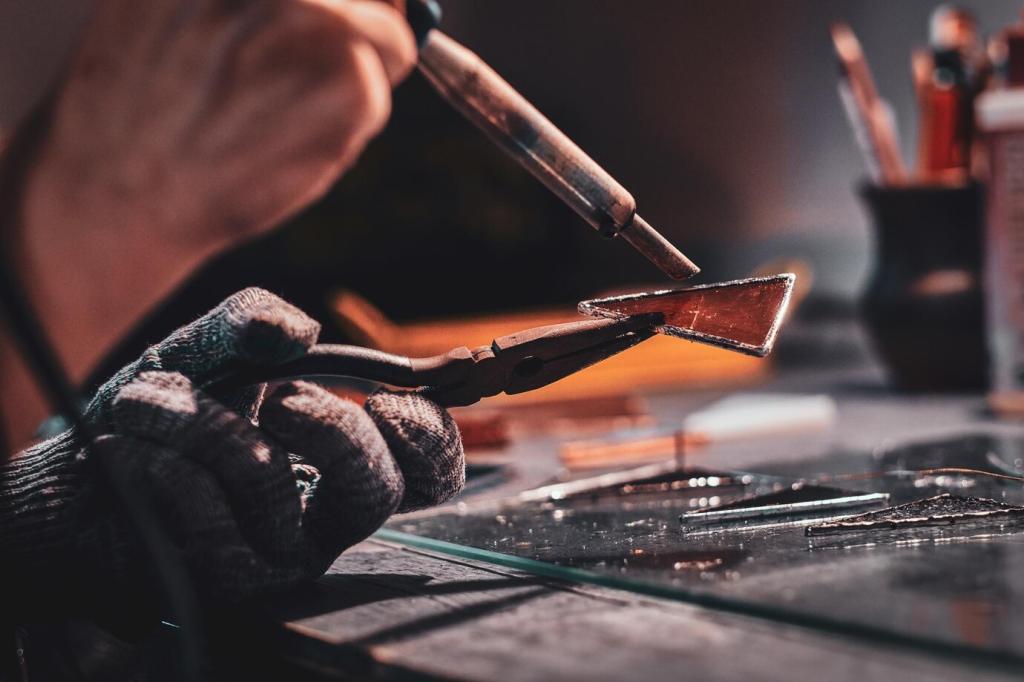
Step-by-Step: From Tiny Scuff to Gentle Shine
Combine two parts olive oil with one part lemon juice in a small jar for a balanced, gentle formula. Gather soft microfiber cloths, cotton swabs for precise edges, and a dry towel. Shake or stir just before use, and label the mix if you plan to keep it briefly for touch-ups.
Varnished and Poly-Coated Woods
On many varnished or polyurethane finishes, the mixture helps mask hairline scratches by cleaning haze and leveling sheen. It’s especially handy on chair legs, table edges, and drawer fronts that catch daily bumps. Work gently, use minimal product, and buff thoroughly so the finish feels clean, not tacky.
Oiled and Waxed Finishes
Oiled and waxed surfaces readily accept a light olive-oil refresh, but lemon’s acidity can slightly lighten tone. Dilute more heavily with oil, test in an inconspicuous spot, and consider finishing with a compatible wax to restore depth. Subtle, layered care keeps the surface warm rather than slick.
What to Skip
Avoid raw wood, matte lacquer, shellac crazing, unsealed bamboo, and any stone or concrete—acids etch and oils stain. Do not use on screens, automotive paint, or piano finishes. If you are unsure, pause and ask in the comments for guidance, then subscribe to see our in-depth compatibility guide.
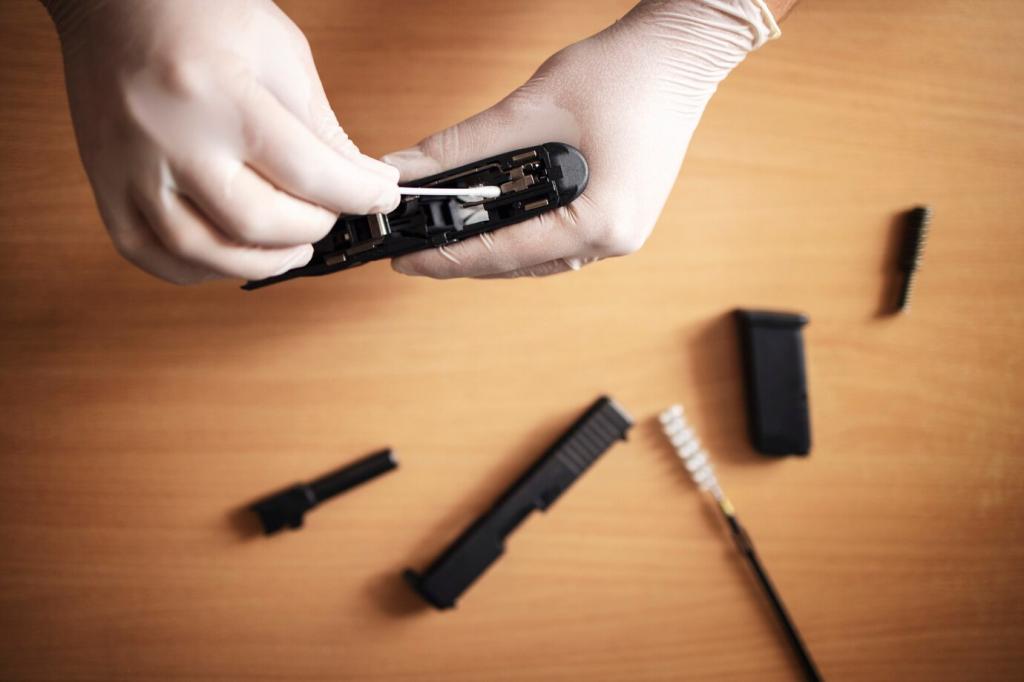


Troubleshooting: When Things Get Streaky or Sticky
Cloudiness usually means trapped moisture or residue under the finish. Wipe with a dry microfiber cloth, then lightly reapply oil-heavy mix and buff briskly. Avoid water, let the surface rest, and check under daylight. If cloudiness persists, stop and ask for advice in the comments before proceeding further.
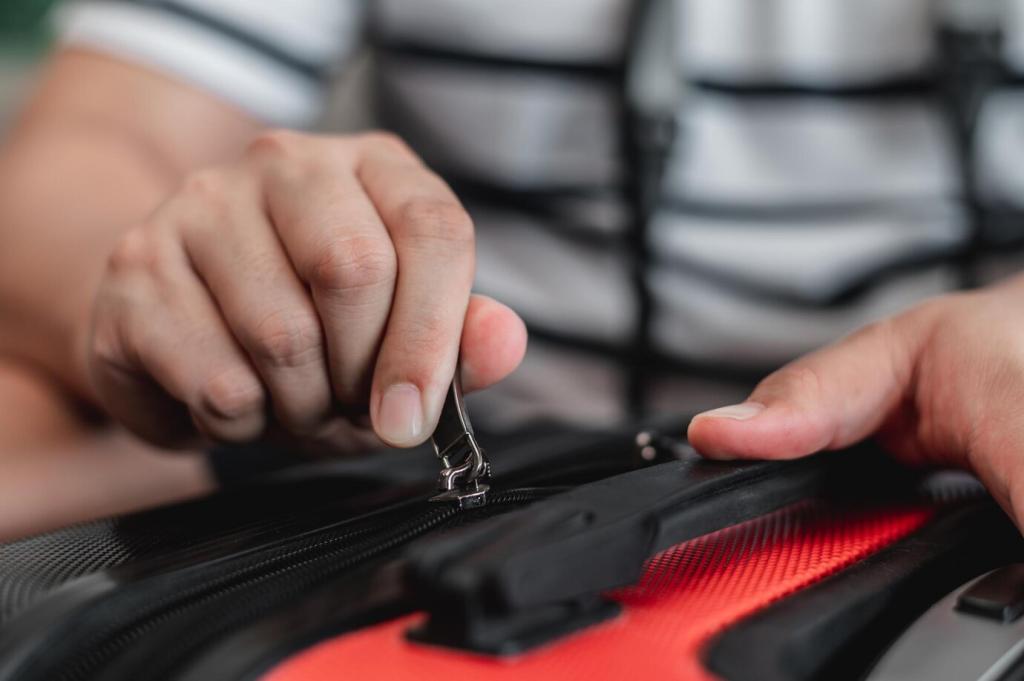
Dust weekly with a soft cloth, then, only when needed, use a barely dampened corner with the lemon–oil mix to refresh sheen. Keep application minimal, focus on high-traffic zones, and always finish with a dry buff. Small, consistent care beats big, infrequent efforts and protects your finish gracefully.
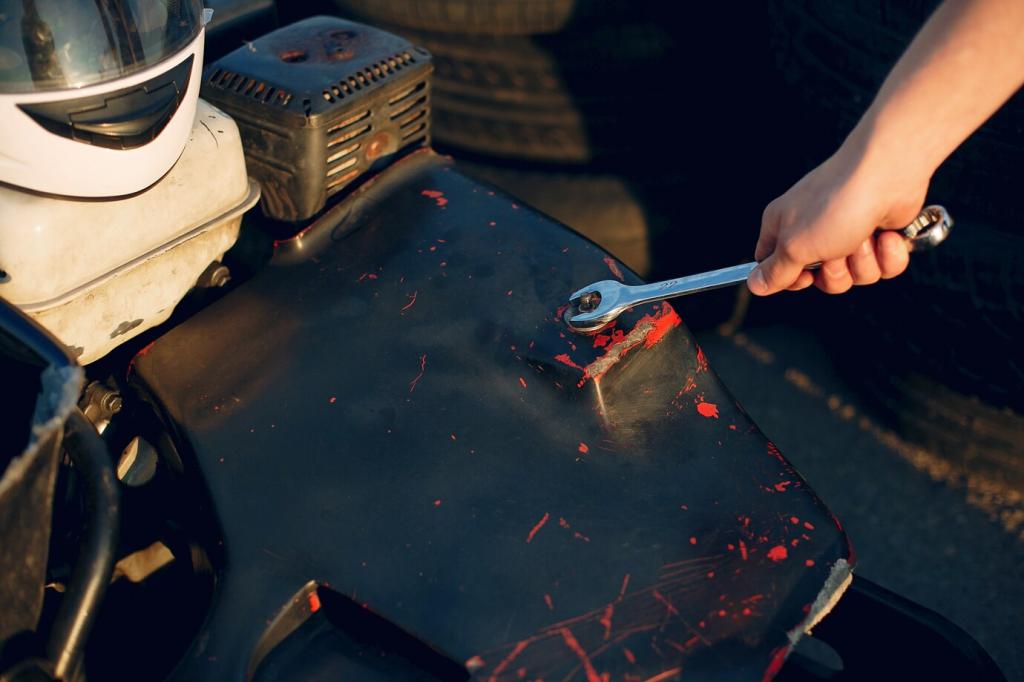
Add felt pads under chairs, use coasters and soft runners, and trim pet nails to reduce incidental scratches. Position lighting so harsh glare doesn’t spotlight flaws. What prevention tricks work in your home? Share your wisdom below, and subscribe so we can send more smart, low-stress upkeep ideas.
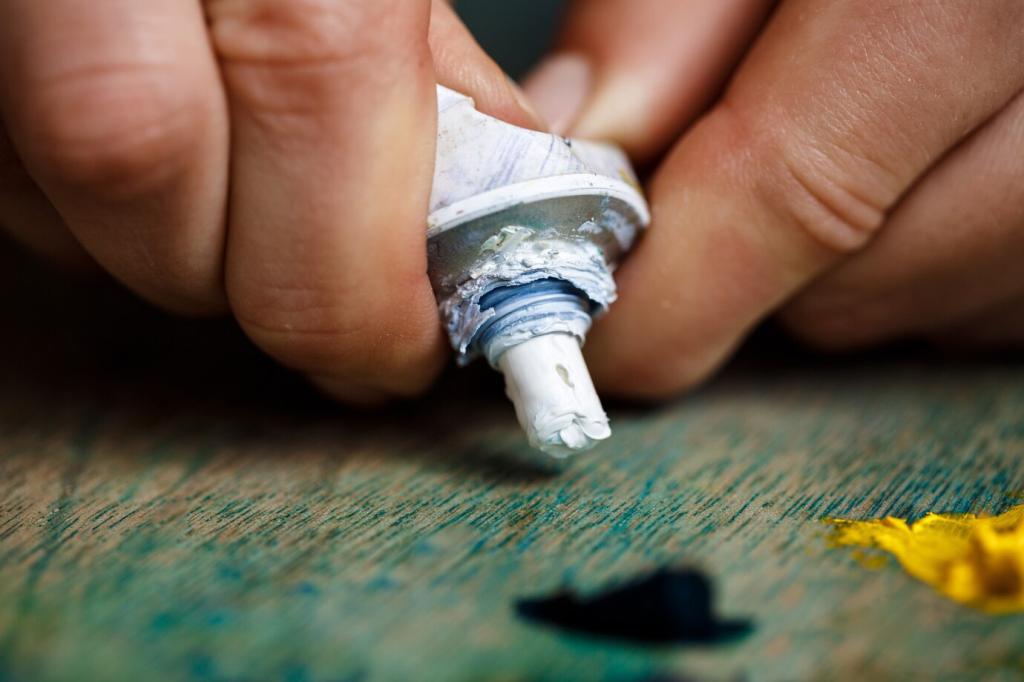
Keep a small dropper bottle of fresh mix, a microfiber square, and cotton swabs in a labeled pouch. Make small batches so they stay fresh, and shake before use. A ready kit turns panic into a calm routine—snap a photo of your kit and tag us to inspire fellow readers.
